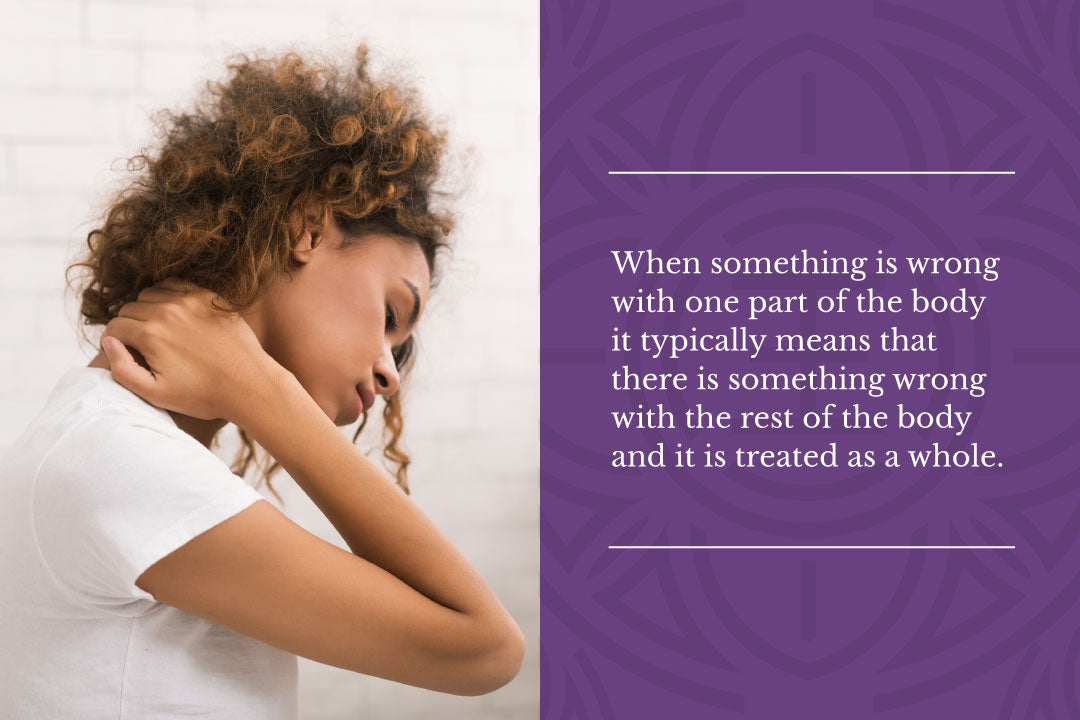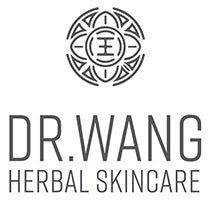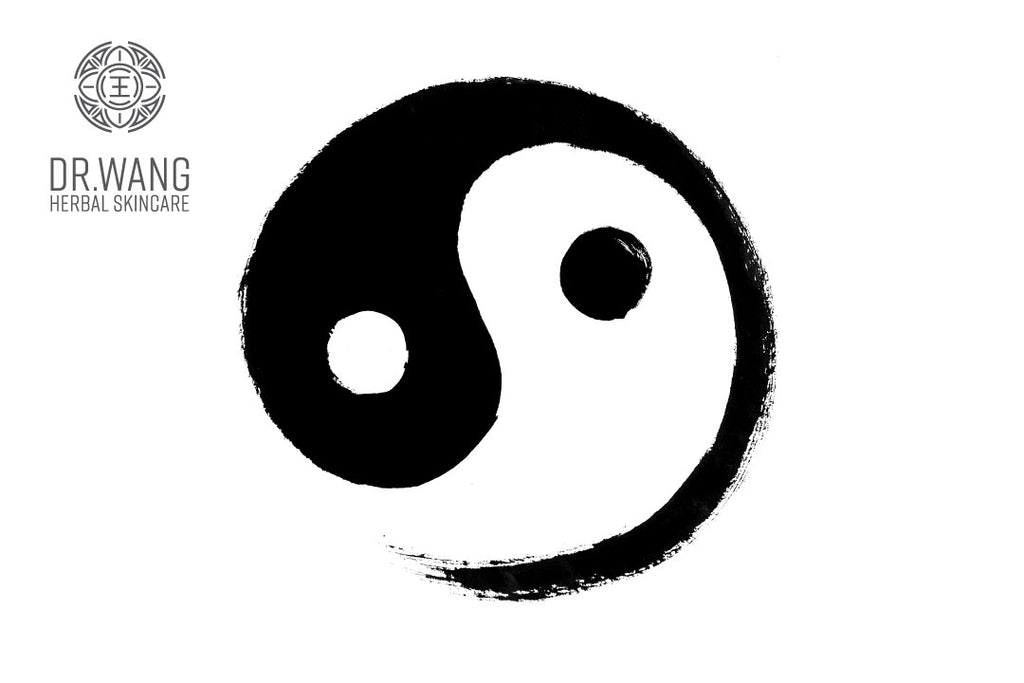Understanding the Concept of Yin and Yang in Traditional Chinese Medicine
The Yin Yang symbol is one of the most universally recognized symbols, especially for those of us who grew up in the 90’s. But behind that popular symbol is a philosophy that goes back thousands of years and is vital to understanding and practicing Traditional Chinese Medicine. it is used to understand, diagnose, and treat health issues and those who practice Traditional Chinese Medicine seek to balance Yin and Yang in their patients.
Consider this your crash course in understanding this important Traditional Chinese Medicine philosophy.

What are Yin and Yang?
As we mentioned earlier the concept of Yin and Yang (pronounced like ‘gong’) is one of the most fundamental in Traditional Chinese Medicine, as it is the basis for diagnosis and treatment. Yin (negative, dark, and feminine) and Yang (positive, bright, and masculine) are two opposite but complementary forces. In Traditional Chinese Medicine it is believed that good health is the result of a perfect balance of Yin and Yang inside our bodies.
Yin and Yang have been an integral part of Chinese culture for thousands of years. The earliest reference to Yin and Yang is in the I Ching (Book of Changes) dating back to approximately 700 BC. The Book of Changes is a text that was created in order to better understand the balance of opposites and the processes of unfolding events and change. The text states that all things are said to have Yin and Yang.
A helpful way to understand the concept of Yin and Yang is to know The Four Aspects. These Four Aspects describe the relationship between these two forces. The list below was provided by the Acupuncture Massage College located in Miami, Flordia and is as follows:
- Opposites - Yin and Yang are Opposites. A common yin and yang relationship is day and night. While opposites, they can only be understood as a relationship. For example, Darkness is relative to Ying, while Yang is relative to Light. The balance between the two is always shifting and progressing in a cyclical fashion.
-
Interdependent - While opposite, Yin and Yang are interdependent. One cannot exist without the other. Yin and Yang are mutually dependent on each other. One cannot exist without the other. Everything that has yin, must have yang, and vice versa.

- Mutually Transformative - Yin and Yang are constantly in a state of flux and affect each other. If one changes, the other follows. Nature, by definition, cannot be static. Just as a state of total Yin is reached, Yang begins to grow. For Example, there is no day without night.
- Mutually Consuming - Yin and Yang are naturally balanced but are continuously changing. The change is typically harmonious but can become imbalanced. There are four possible states of imbalance: Excess of Yin, Excess of Yang, Deficiency of Yin, Deficiency of Yang.

Yin and Yang in Relation to Health
When it comes to our health and bodies the goal of Traditional Chinese Medicine is to seek a balance between Yin and Yang. Yin is associated with the lower parts of the body, and yang is associated with the upper body and our back. Because Traditional Chinese Medicine sees all the body as all being connected through a series of organs. When something is wrong with one part of the body it typically means that there is something wrong with the rest of the body and it is treated as a whole. Because of the interconnectivity between Yin and Yang, illness is not seen as something separate from the body in Traditional Chinese Medicine, but rather as an imbalance of Yin and Yang.
This interconnectivity and balance is grouped into four opposites known as the “Eight Principals.” Yin is opposite Yang, Interior is opposite Exterior, Deficiency (also known as Xu) is opposite Excess (also known as Shi), and Cold is opposite Heat.
If you’re still struggling to understand, look at it this way. Yin represents both cold and our interior organs, so when you have what’s known as an “Excess of Yin,” it can lead to internal illnesses like dry-mouth or insomnia. Now the opposite of that is a “Deficiency of Yang” which can result in cold hands or sickly-complexion (afflictions that are external.) When the body is feeling comfortable and healthy it means that there is a balance between Yin and Yang.
Bottomline
We hope our quick guide helps give you a better understanding of this vital concept in Traditional Chinese Medicine.
Dr. Wang Herbal Skincare is a family business started by Steven Wang, MD, and Gui Wang, LAc. Our co-founders have been working together for over two decades to offer holistic, innovative, and effective skincare products.
We are guided by three primary principles: formulate skincare products with proven efficacy to promote skin health, harness the power of Traditional Chinese Medicine (TCM), and utilize the latest modern medical breakthroughs.
To learn more, view our family of products or read what publications like The New York Times and Reader’s Digest have to say about Dr. Wang Herbal Skincare.





